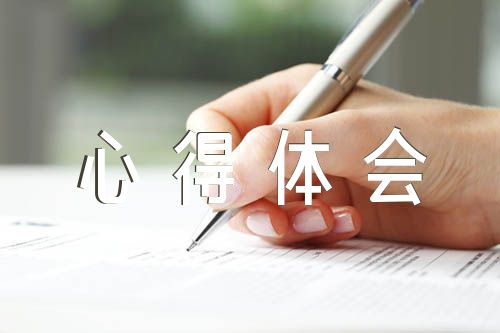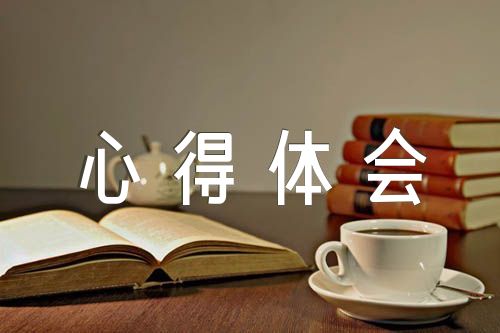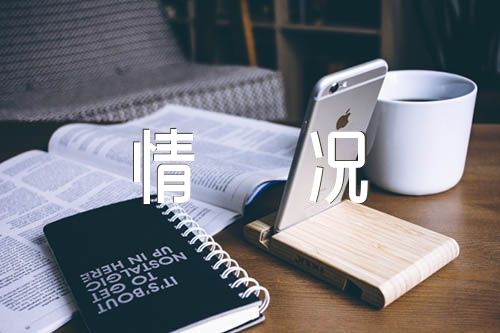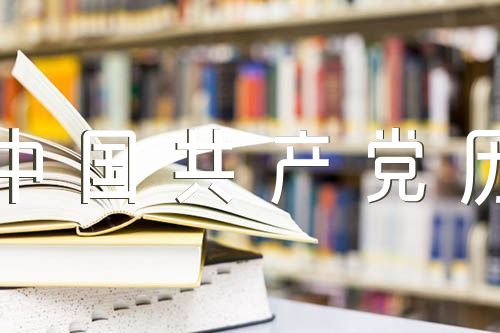初中英语补习班|初中英语总复习易错题易错点易混点集锦(2)
10. Here is your sweater, put away it.(×)
Here is your sweater, put it away. (√)
[析] put away, pick up, put on等“动词+副词”构成的词组后接代词作宾语时,代词只能放在动词和副词之间。
11. Look! Here the bus comes.(×)
Look! Here comes the bus.(√)
[析] 在以here, there引起的陈述句中,若句子的主语是名词,要用倒装语序,即用“Here /There+动词+名词”结构;但主语若是代词时,则不用倒装语序, 即用“Here/There +代词+动词”结构。
12. I do well in playing football, _______. (我妹妹也行。)A. so my sister does(×)B. so does my sister(√)
Li Lei is really a football fan. --- _______. (确实这样.) A. So is he(×)B. So he is(√)
[析] “so+be动词/助动词+主语”的倒装结构表示前面所述情况也适用于后者,意为“……也是这样”;“so+主语+be动词/助动词”的陈述结构表示对前述情况的肯定,意为“……确实如此”。
13.重庆比中国的其他城市都大。
Chongqing is larger than any city in China. (×)Chongqing is larger than any other city in China. (√)
[析] “any city in China”包括了重庆这座城市, 同一事物自己与自己不能做比较,只有在city 前加上other才能表示重庆和中国的其它城市比较大小。
The weather in Guangzhou is warmer than Beijing. (×)
The weather in Guangzhou is warmer than that in Beijing . (√)
[析] 表示比较时,句子中的两个比较对象必须一致,不同的比较对象不能做比较。错误句的比较对象分别为the weather in Guangzhou和Beijing,这两个不同类的事物之间不能做比较。
14, His sister married with a teacher last summer.(×)His sister married a teacher last summer. (√)
[析] 表达“A和B结婚”,要用A married/will marry B。这时务必要避免受汉语影响使用A married/will marry with B。
15. 例There is going to have a film tonight. (×) There is going to be a film tonight. (√)
[析] 一般将来时用在 There be 句式中时,be going to或will之后的动词原形只能用be,也就是说要用There is (are) going to be.... / There will be....。
16. 例I’ll go hiking if it won’t rain next Sunday. (×)I’ll go hiking if it doesn’t rain next Sunday.(√)
[析] 习惯上在含有时间状语从句和条件状语从句的复合句中,如果主句的谓语动词用了一般将来时,从句的谓语动词要用一般现在时表示将来的动作。
17.例 Teacher told us yesterday that the earth went around the sun. (×)
Teacher told us yesterday that the earth goes around the sun. (√)
[析] 习惯上在含有宾语从句的复合句中,主句的谓语动词用了一般过去时,从句的谓语动词要用过去的某种时态。但如果从句表述的是一客观事实或客观真理时,则不受主句时态的影响,而用一般现在时。
18. All the balls are not round. 翻译成汉语:
所有的球都不是圆的。(×)并不是所有的球都是圆的。(√)
[析] all, every, both等词和not连用时,not通常放在all, every, both的后面,一般情况下表示部分否定,意为“并非……都……”。





